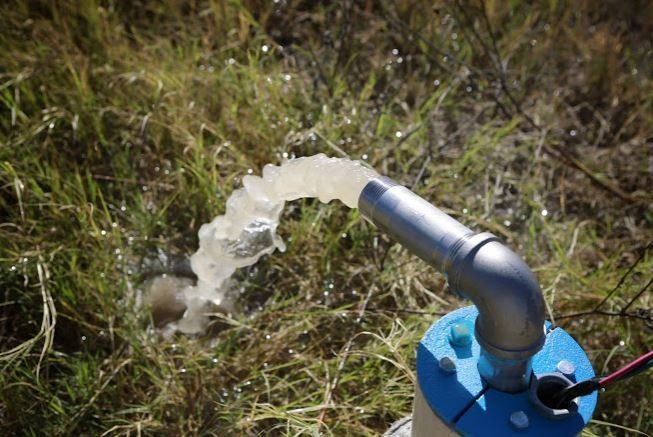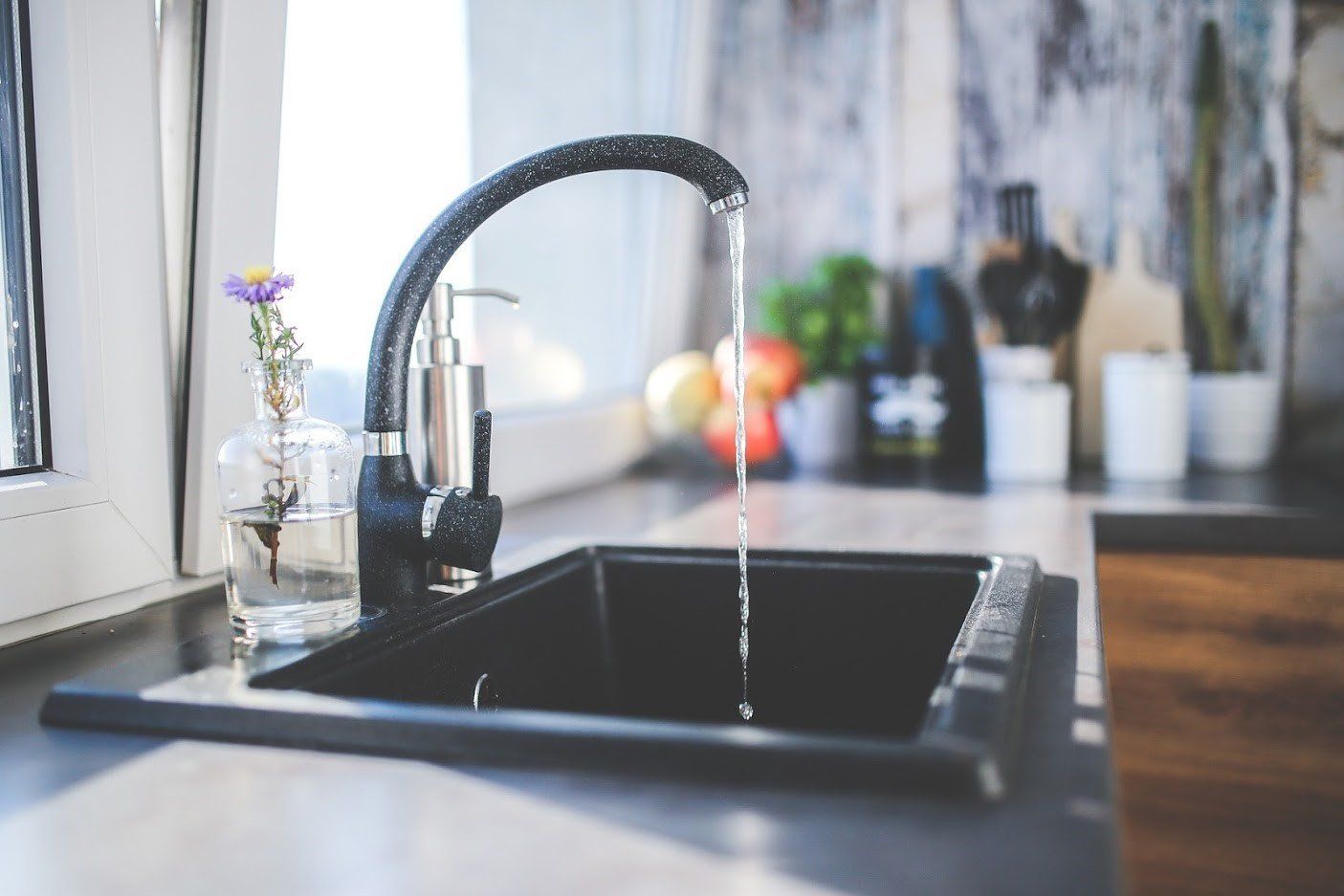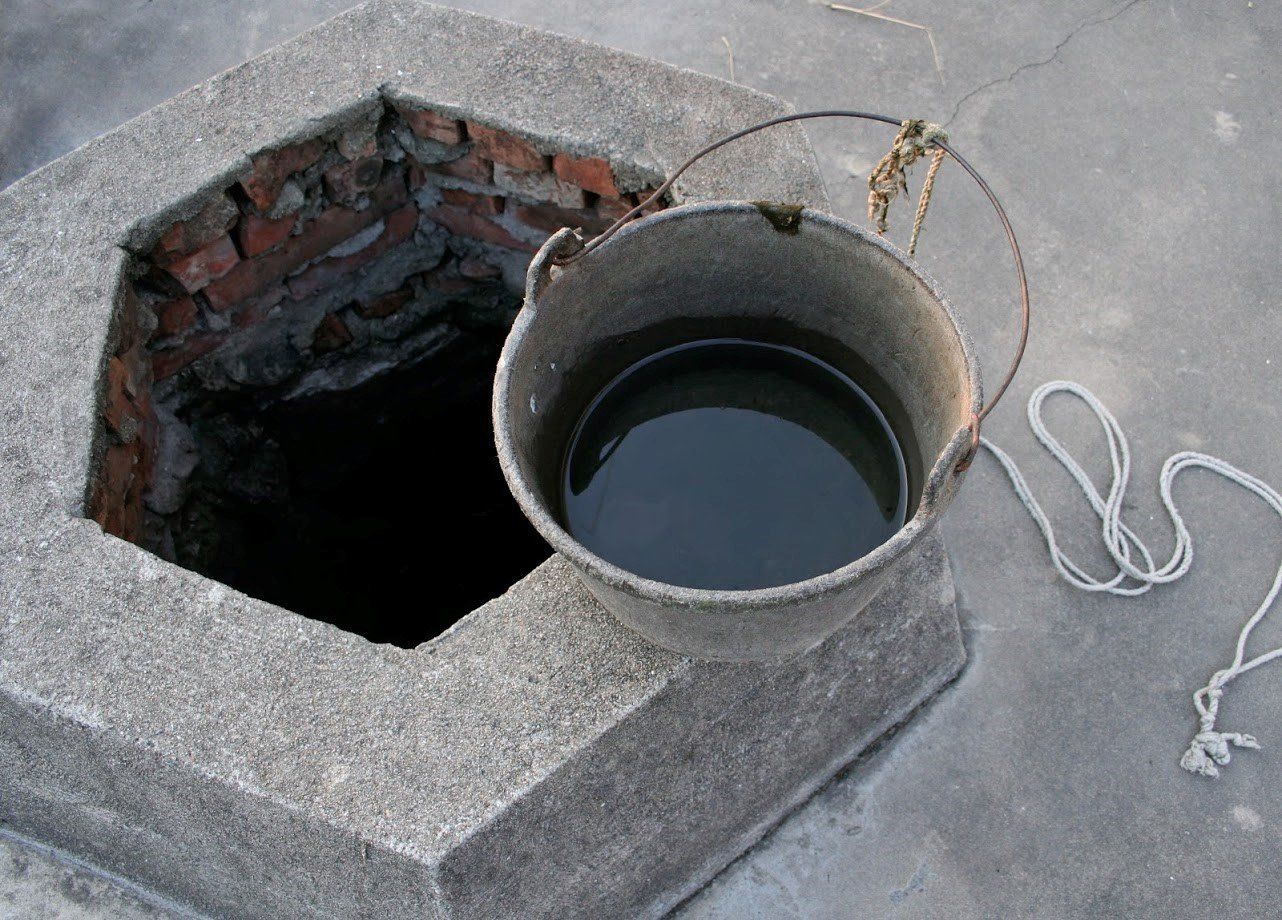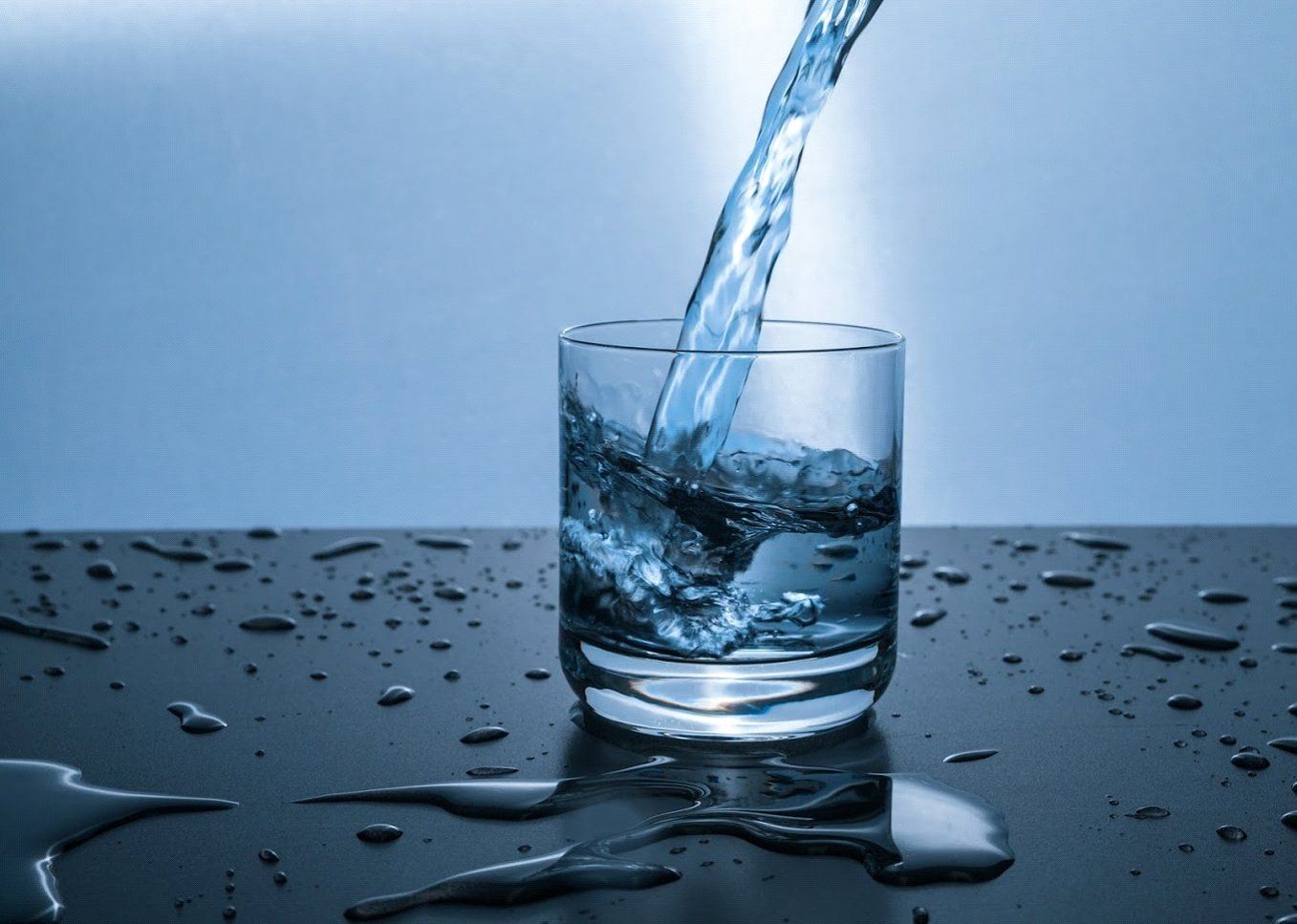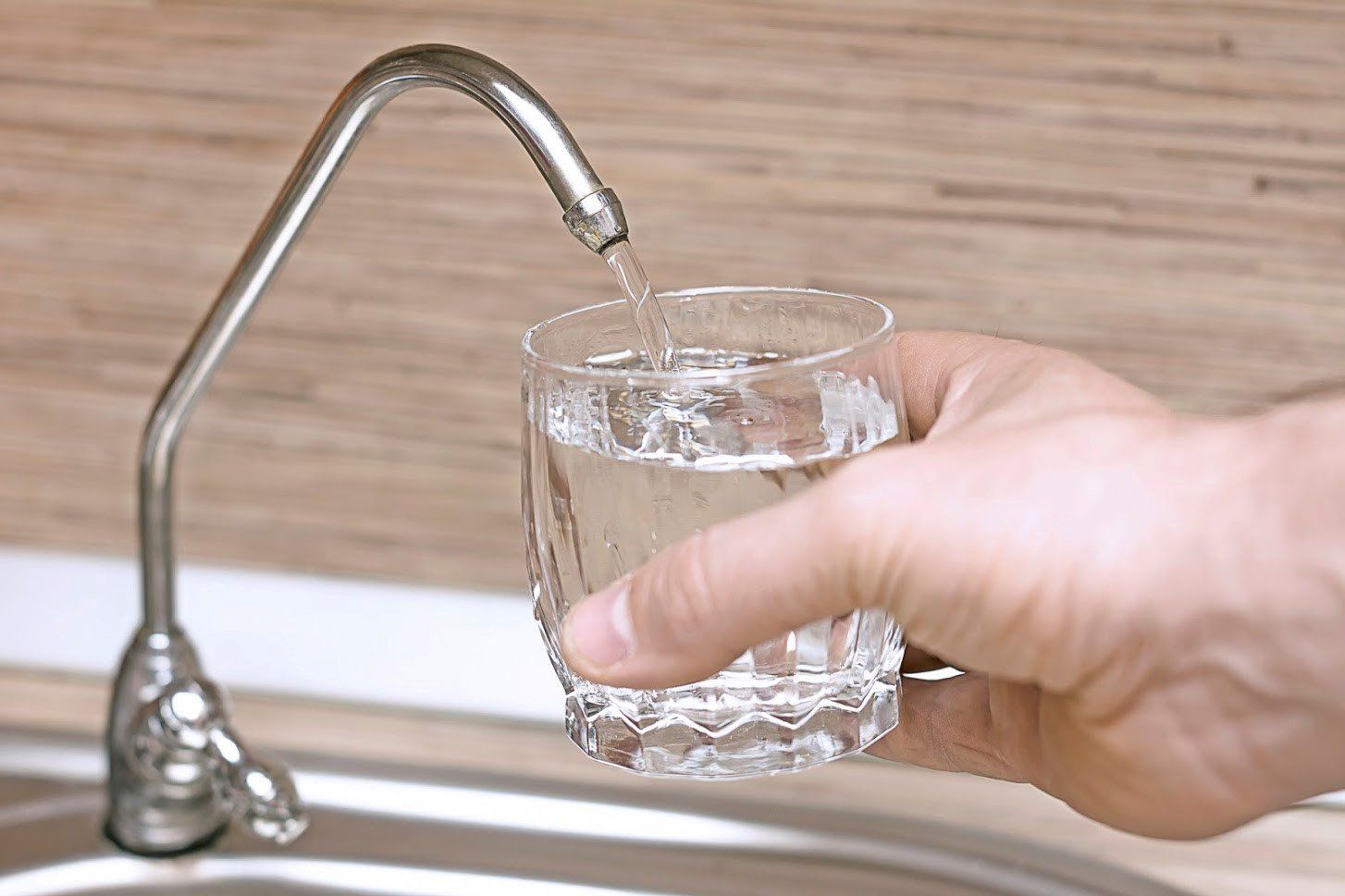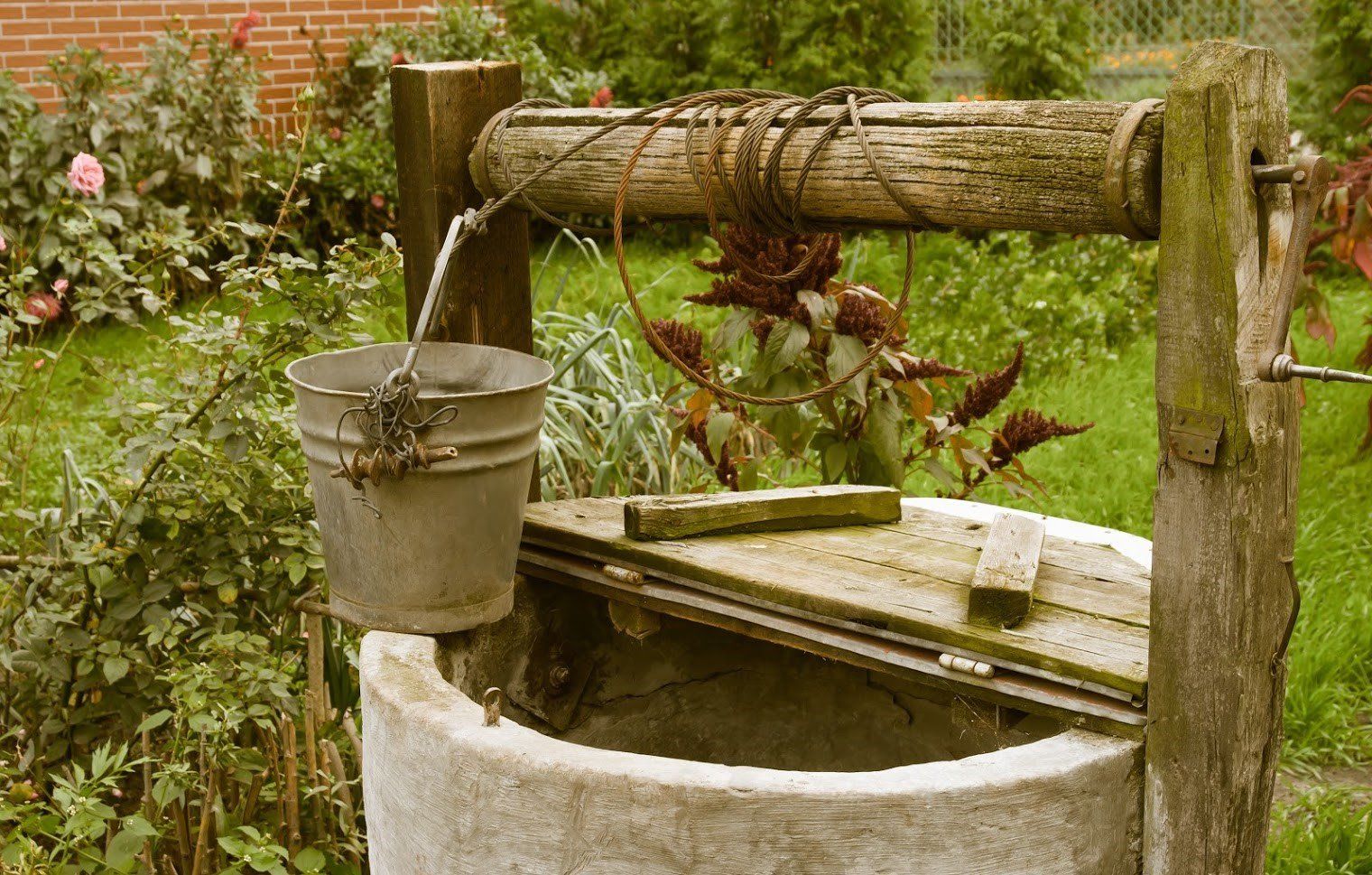Blog Layout
How Deep Does Your Well Need to Be? 5 Factors
Admin • May 26, 2020
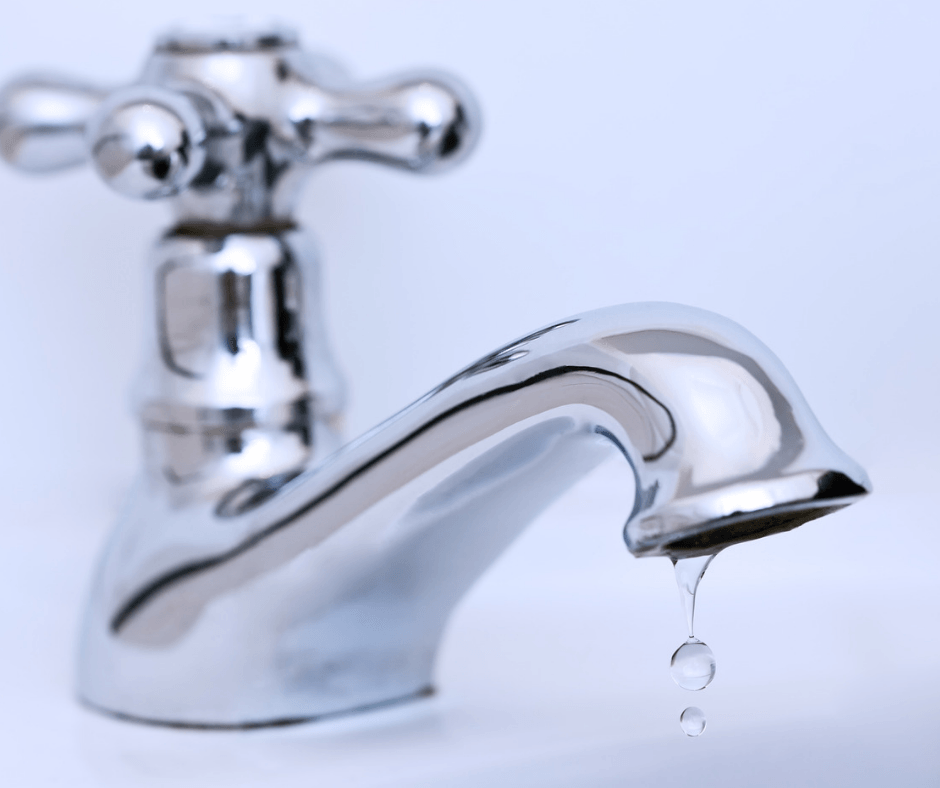
If you're a homeowner new to the drilling of residential water wells, you may find many aspects of this process confusing or even a little daunting. This is understandable, as modern well drilling involves difficult calculations, scientific elements, and industry terminology. But by learning a little about the basic aspects, you'll be a savvy property owner and have confidence in your decisions regarding the well.
Consider one of the most common questions posed by property owners: how deep should your well be? The answer varies significantly, and it affects everything from the cost of the well to how long it may last. To help you answer this question for your own situation, here are five of the biggest factors that will determine the well's depth.
1. Other Local Wells
One of the best places to start finding the right depth for a well is to look at the depths of existing wells in the region. General geography — particularly the rock layers and depth of aquifers in the area — are spread out over a large physical region, so the positions of other successful wells can serve as a rough idea of what yours might need.
For instance, your contractor might begin with the knowledge that an average well in your part of the country is about 300 feet deep. In addition, though, if your specific area is affected by increasing or historic droughts, they might know that you're likely to need a deeper than average well.
2. Your Property Characteristics
Of course, surrounding wells can only provide general information about highs and lows and average numbers. The contractor will then need to assess your specific property to see how it measures up to other situations. For example, if the rock formations below your property don't allow the water to flow in sufficient quantity, your particular well may need to be larger in diameter to compensate.
3. State Regulations
Wells are overseen by state agencies, so the drilling company will need to follow any applicable rules. Rules about such things as the diameter of the well versus the necessary gallons will inform how large and deep yours might need to be. Similarly, the length of casing required to be in bedrock in your state could affect how deep it needs to go.
4. Water Quality
Just because a drill reaches some water doesn't necessarily mean that this is good quality water. If the water source is too close to the surface, you could see bacterial contamination and other quality problems from the groundwater. However, a well that is deeper risks an increase in hard water that must go through added layers of rocky minerals before reaching your home.
5. Water Table Action
Like most water sources, water tables vary over time. They rise and fall with the seasons — generally filling up in wet times and lowering in dry seasons. So your well would need to be deep enough to provide water access both when the table is high and at the lowest point expected. The drilling service may study the area's drought history to help find out what those lowest points might have been.
Clearly, many elements go into deciding on the right depth for each individual well. An experienced drilling service will examine everything from the region's history with wells to seasonal variations to drought history to the type of rock on your property. As a result, you can rely on their drilling to produce a well that will serve your family's needs for many years to come.
Want to learn more about drill depths and sizes? Call Lefty's Pump & Drilling today to make an appointment.
LEFTY'S PUMP & DRILLING CO
205 Compton Ave
Crane, MO 65633
BUSINESS HOURS
- Mon - Fri
- -
- Sat - Sun
- Closed
IN BUSINESS SINCE 1966
OWNERS
Greg Evans - Owner
Lefty Evans - Owner
BBB MEMBER
Content, including images, displayed on this website is protected by copyright laws. Downloading, republication, retransmission or reproduction of content on this website is strictly prohibited. Terms of Use
| Privacy Policy


